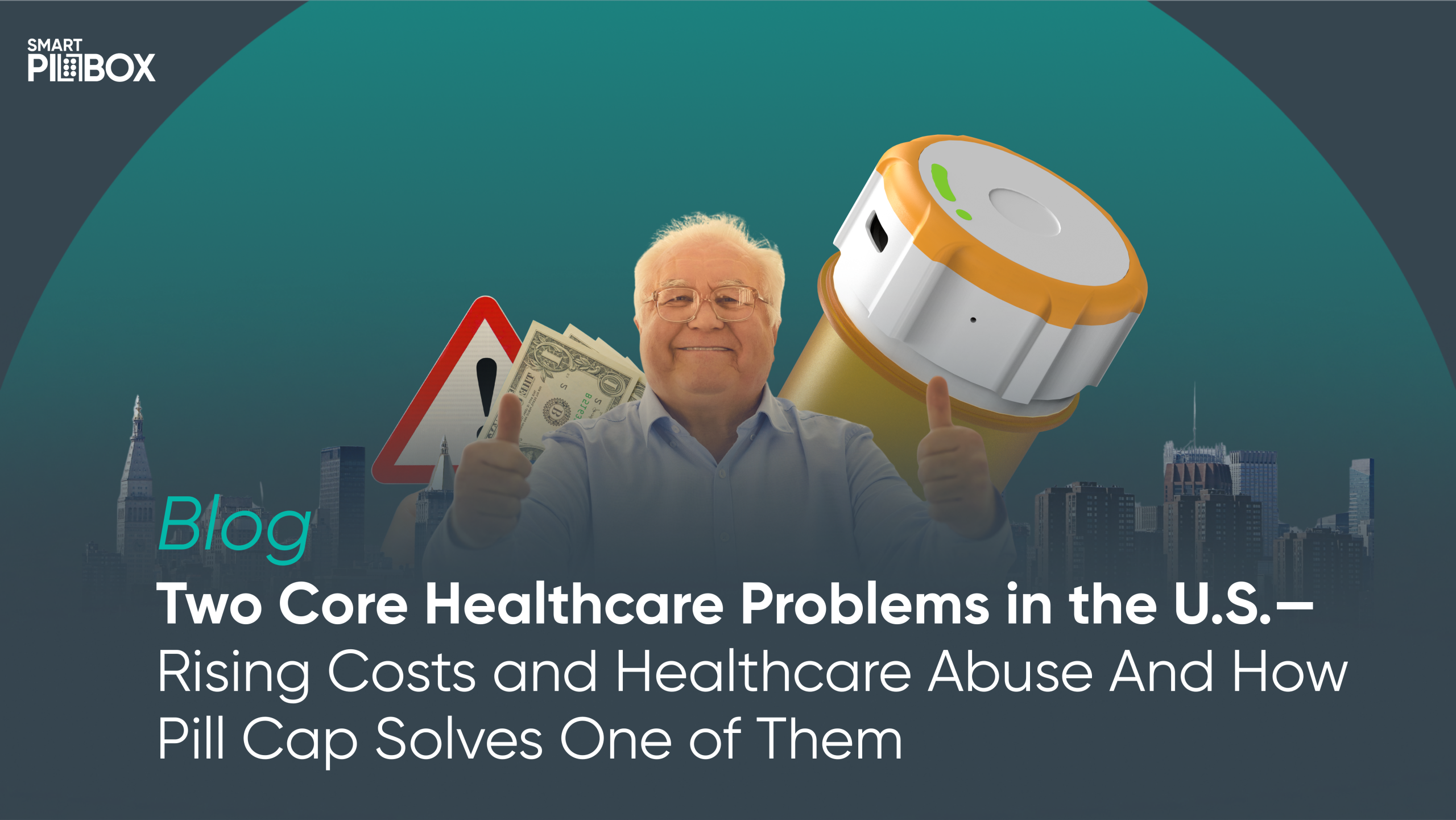Technology is transforming healthcare at a pace we’ve never seen before. What once required multiple hospital visits, stacks of paperwork, and endless waiting rooms can now be tracked, managed, and optimized right from the comfort of home. Two of the biggest game-changers in this space are remote patient monitoring (RPM) and remote therapeutic monitoring (RTM).
If you’re a clinician, practice manager, or healthcare administrator, you’ve probably already come across these terms. But here’s the real question: What’s the difference between RTM and RPM, and why does it matter for the future of patient care and reimbursement?
Let’s break it down step by step in a way that’s not just informative, but actually eye-opening.
The Rise of Remote Healthcare Monitoring Solutions
Imagine a patient with hypertension. In the past, this person would visit their doctor maybe every 3–6 months, get their vitals checked, and then head home with a prescription. What happened in between visits? No one knew.
Enter remote healthcare monitoring solutions.
With tools like remote patient monitoring devices, physicians can now get a real-time window into their patient’s health outside the clinic. Think blood pressure cuffs that sync to an app, glucose monitors that send alerts directly to providers, or pulse oximeters that keep tabs on oxygen levels. This is RPM in action—tracking physiological data to detect risks early and intervene before problems spiral.
But what about the patient who isn’t just managing vitals but also learning how to walk again after knee surgery? Or the person struggling to stick with their asthma inhaler schedule? That’s where RTM steps in.
RTM vs RPM: The Core Difference
Here’s the simplest way to understand it:
- Remote Patient Monitoring (RPM): Focuses on physiological monitoring—heart rate, blood sugar, blood pressure, oxygen saturation, weight, etc.
- Remote Therapeutic Monitoring (RTM): Focuses on non-physiological monitoring—therapy progress, medication adherence, musculoskeletal health, respiratory exercises, pain levels, or behavioral data.
In other words: RPM tracks what the body is doing, RTM tracks how the patient is doing.
This distinction—physiological vs non-physiological monitoring—is at the heart of the difference between RTM and RPM.
Real-Life Example: RPM vs RTM in Action
Let’s take two patients:
- Patient A: Diabetes Management
- Uses a connected glucose monitor.
- Their doctor receives blood sugar data daily through a dashboard.
- That’s remote patient monitoring (RPM)—vital signs, physiological metrics, numbers-driven.
- Patient B: Recovering from Hip Surgery
- Uses a smartphone app to record daily pain levels.
- Tracks adherence to at-home physical therapy exercises.
- Provider adjusts treatment plan based on self-reported feedback.
- That’s remote therapeutic monitoring (RTM)—behavior, therapy, adherence, recovery progress.
Different patients, different needs. And that’s why healthcare needs both.
Why RTM Was Introduced
For years, providers pushed for a way to capture more than just vitals. After all, recovery, therapy adherence, and behavior often determine long-term health outcomes just as much as physiological data does.
That’s why in 2022, CMS introduced RTM codes (Current Procedural Terminology). These CMS RTM codes created a formal reimbursement pathway for clinicians to bill for monitoring non-physiological data like pain, therapy adherence, and respiratory function.
This was revolutionary. Suddenly, physical therapists, occupational therapists, speech-language pathologists, and even some behavioral health providers could participate in remote therapeutic monitoring codes (CPT) billing—an option that was not available under traditional RPM.
RTM Billing vs RPM Billing
Billing is where things get really interesting. Let’s break it down:
- RPM Billing
- Typically used by physicians and qualified healthcare providers.
- Covers physiological monitoring using connected medical devices.
- Requires device data to be automatically transmitted.
- Most common for chronic conditions like hypertension, diabetes, or COPD.
- RTM Billing
- Expands eligibility to providers who couldn’t bill for RPM (e.g., therapists).
- Covers non-physiological monitoring like musculoskeletal or respiratory function, therapy adherence, and pain tracking.
- Allows for patient-reported data collection (no device requirement).
- Uses new remote therapeutic monitoring codes (CPT) defined by CMS.
This RTM billing vs RPM billing distinction is critical for practices looking to expand reimbursement streams.
Why RTM and RPM Are Complementary
Some people look at RTM vs RPM as an either/or situation, but the truth is they’re more powerful together.
Think of RPM as the engine data in your car: speed, fuel level, oil pressure. Now think of RTM as the driver feedback: how comfortable you feel driving, whether the brakes feel stiff, or if you hear a strange sound. You need both to know the car’s true condition.
In healthcare, combining remote patient monitoring devices with remote therapeutic monitoring apps gives clinicians a 360-degree view of the patient. For example:
- A COPD patient’s oxygen levels (RPM) might look fine, but their self-reported breathlessness during activities (RTM) tells another story.
- A knee replacement patient’s vitals (RPM) may look stable, but their lack of adherence to therapy exercises (RTM) signals delayed recovery.
This holistic approach is the future of digital care.
Challenges in Adoption
Of course, no new healthcare model comes without challenges:
- Workflow integration: Clinicians need seamless platforms to track both physiological and non-physiological data.
- Patient engagement: Patients may struggle to consistently self-report RTM data.
- Compliance: Understanding CMS RTM codes and navigating billing complexities can be overwhelming.
- Technology literacy: Elderly patients may find it hard to use new apps or monitoring devices.
Still, the benefits are undeniable, and more practices are investing in remote healthcare monitoring solutions to overcome these barriers.
The Big Picture: Why This Matters
According to a recent projection by Strategic Market Research, by 2025 more than 71 million Americans—over 26% of the U.S. population—will be using some form of remote patient monitoring (RPM) service. That means RPM and RTM are the backbone of tomorrow’s healthcare delivery.
- For providers, they offer new reimbursement opportunities.
- For patients, they ensure personalized, proactive care.
- For healthcare systems, they reduce hospitalizations and improve outcomes.
Final Thoughts
When it comes to RTM vs RPM, it’s not about competition—it’s about evolution.
- RPM is about monitoring the body’s signals.
- RTM is about monitoring the patient’s experience.
- Together, they represent a shift from reactive to proactive healthcare.
As providers, administrators, and innovators continue to adopt these solutions, understanding the difference between RTM and RPM, the role of remote therapeutic monitoring codes (CPT), and how to navigate RTM billing vs RPM billing will be critical for success.
In the end, the real winners are the patients—because when healthcare goes beyond the clinic walls, everyone benefits.
Innovative remote therapeutic monitoring (RTM) tools are transforming how providers and patients approach care. Medication adherence devices, such as the Smart Pillbox, make it easier for patients to stay on track while giving providers real-time insights into patterns of missed doses.
This not only supports better outcomes but also simplifies reporting for RTM billing. By integrating such smart solutions into your practice, you can bridge the gap between patient behavior and provider oversight.



